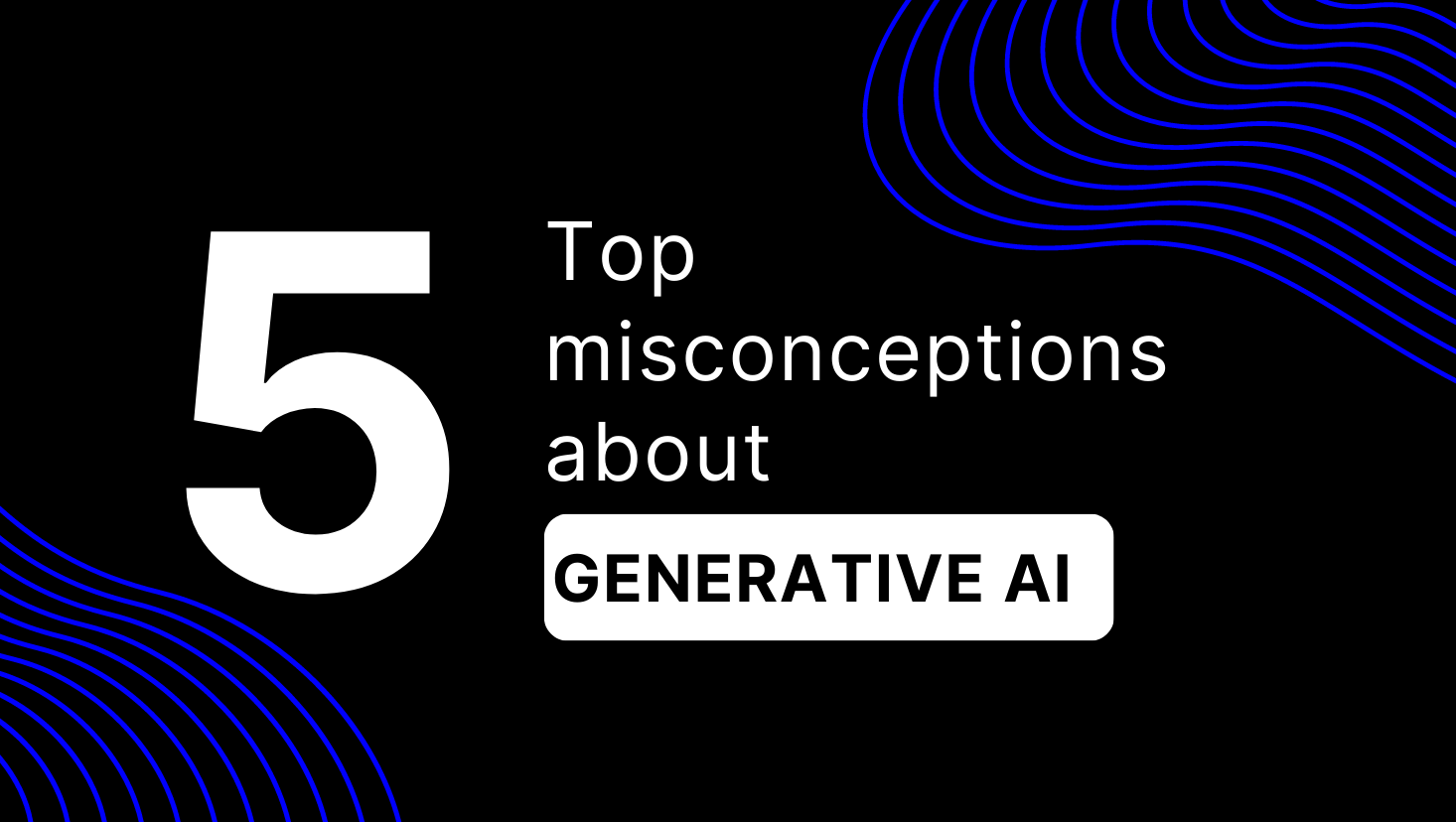
- Sep 20, 2023
- 5 minutes
-
 Andreas Blum
Andreas Blum -
 Mostafa Ajallooeian
Mostafa Ajallooeian
In today’s fast-paced digital landscape, companies are faced with an ever-increasing need to leverage data and artificial intelligence (AI) to stay competitive. The potential for growth, efficiency, and innovation that data and AI offer is immense, but it requires a strategic approach and a commitment to building a data-driven culture. In this article, we will explore four key strategies for companies looking to harness the power of data and AI.
1. Make Room for Experimentation
To truly embrace the possibilities of data and AI, companies must create an environment that fosters experimentation. This starts with providing the necessary tools and resources for key data and AI stakeholders to explore relevant and complementary technologies. Financial and vocal support is crucial in enabling these stakeholders to push the boundaries of what is possible.
But it’s not just about the tools. Cultivating a “data and AI” culture is equally important. Company priorities should be adjusted to prioritize data-driven decision-making and language in communication should reflect this shift. Additionally, activating intra-company AI ambassadors can help drive adoption and create a sense of excitement around data and AI initiatives.
However, it’s important to establish clear governance, guidelines, and boundaries to ensure safety in experimentation. While it’s necessary to encourage creativity and innovation, mitigating risks and protecting sensitive data is equally important. Striking the right balance between freedom and accountability is key.
2. Preemptively Address Resistance
Resistance to change is natural, especially when it comes to new technologies like AI. To overcome this resistance, companies should take a proactive approach to informing and educating key stakeholders.
Regular and welcoming communication is essential. Keeping stakeholders up-to-date with relevant insights and developments in the field of data and AI helps demystify these technologies and showcases their potential value. Tailor the communication to the company and industry context to ensure it resonates with the audience.
In addition to communication, conducting high-level workshops for key stakeholders can provide them with a deeper understanding of how AI will enhance their day-to-day work. This helps them see AI as a co-pilot rather than a threat, empowering them to embrace and leverage the technology in their workflows.
3. Build Technical Expertise & Partnerships
To successfully navigate the data and AI landscape, companies must invest in building technical expertise within their talent base. Regular technical trainings are essential to keep employees at the forefront of this continuously evolving field. By up-skilling their workforce, companies future-proof themselves and ensure they have the necessary skills to leverage data and AI effectively.
Additionally, developing strong partnerships with leading data and AI providers can provide invaluable guidance. These partnerships not only offer access to cutting-edge technologies but also provide insights into industry best practices and trends. Leveraging the expertise of these providers can help companies chart a course for success in their data and AI initiatives.
4. Establish AI Portfolio Management
AI initiatives require a dedicated focus by management and corresponding resource allocation to oversee the introduction of AI into company workflows. These individuals or teams should have a deep understanding of both the technical aspects of AI and the unique challenges and opportunities specific to the company.
Establishing a clear process for prototyping, selecting, and developing AI use cases is crucial for successful implementation. This process should involve input from key stakeholders and ensure alignment with the company’s overall goals and objectives. Companies can maximize the value derived from their data assets and AI investments by carefully managing the AI portfolio.
Conclusion
In conclusion, embracing data and AI is no longer a choice but a necessity for companies looking to thrive in today’s digital landscape. By following these strategies – making room for experimentation, preemptively addressing resistance, building technical expertise and partnerships, and establishing AI portfolio management – companies can set themselves on a path to success. Embracing data and AI is not just about technology; it’s about building a culture that values data-driven decision-making and harnessing the power of AI to drive innovation and growth.




